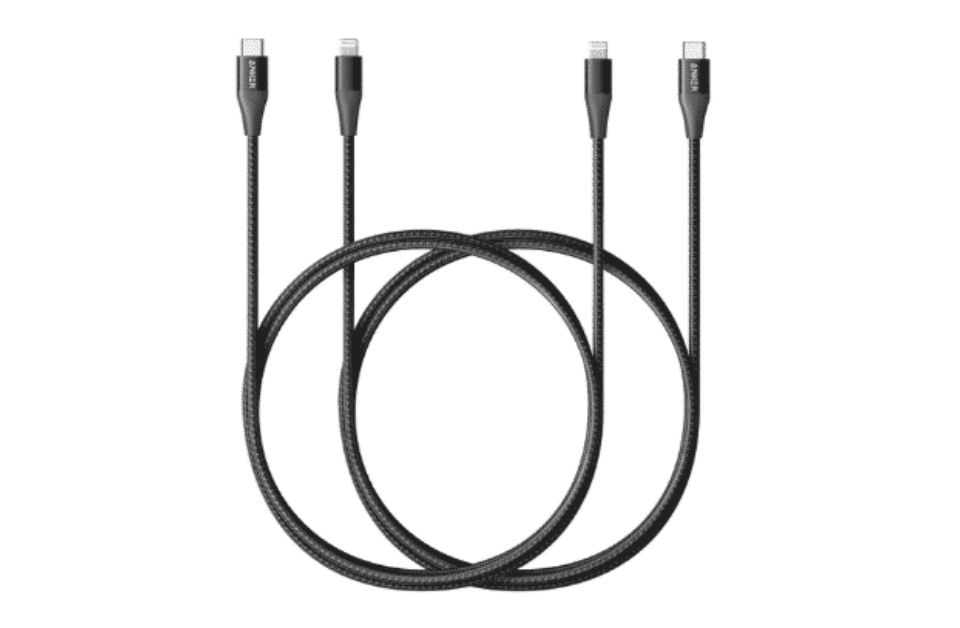In this Blog, we will discuss types of motherboards. A motherboard is an essential computer system component since it connects all the hardware components. It is a computer’s central hub, allowing communication between various system sections.
Motherboard and its types
Multiple types of motherboards are available, each with its own features and capabilities.
1. ATX motherboard
The ATX motherboard is a popular type of motherboard. This is the most popular form factor of motherboard used in desktop computers, and it is noted for its simplicity and extensive compatibility with various components. ATX motherboards often include:
- Four RAM slots.
- Six or more USB ports.
- Several expansion slots for add-on devices such as video or sound cards.
They also have a 24-pin main power connector and a 4/8-pin auxiliary power connector for powering the processor.
2. Micro-ATX motherboards
Micro-ATX motherboards are a different type of motherboard. These are smaller than ATX motherboards and are typically found in SFF or home theatre computers (HTPCs). They have fewer expansion and Memory slots than ATX motherboards but still provide good connectivity options for most basic computer designs. They are also a low-cost option for people putting together a budget system.
3. Mini-ITX motherboards
Mini-ITX motherboards are another form of the motherboard. They are considerably smaller than Micro-ATX motherboards and are frequently utilised in systems as small as media centres and home theatre PCs. They offer relatively restricted expansion choices with only one or two Memory slots and one extension slot. They are also limited in terms of the CPU size and cooling system that can be used. They are, nevertheless, an excellent choice for people looking for a small, compact, and highly portable computing system.
4. Extended ATX (E-ATX) motherboard
The Extended ATX (E-ATX) motherboard is another crucial type of motherboard. These motherboards are more significant than conventional ATX and are often seen in high-end workstations and gaming systems. They have more expansion and Memory slots than ATX motherboards, allowing more powerful components to be installed. They also include extra power connectors to give the system more juice. They are suitable for building a robust design with numerous graphics cards or other high-end components.
5. Integrated motherboard
Finally, an integrated motherboard is a form of the motherboard. These motherboards are intended for specific purposes, such as industrial control systems, medical equipment, or military systems. They are designed to endure hostile environments and are frequently used in applications requiring excellent reliability. They also contain specialised features and connectors that allow them to communicate with specific equipment.
Types of motherboards for personal computers
There are several different types of motherboards available for personal computers, including
1. ATX (Advanced Technology Extended)
This is the most common form factor of motherboard used in desktops. They are known for their ease of use and compatibility with different components.
2. Micro-ATX
These are smaller than ATX motherboards and are often used in small form factor (SFF) systems or home theatre PCs (HTPCs). They have fewer expansion slots and RAM slots compared to ATX motherboards.
3. Mini-ITX
These are smaller than Micro-ATX motherboards and are often used in smaller systems such as media centres and home theatre PCs. They need more expansion options.
4. Extended ATX (E-ATX)
These are larger than standard ATX motherboards and are typically used in high-end workstations and gaming systems. They have more expansion slots and RAM slots than ATX motherboards.
5. Embedded
These are motherboards designed for specific applications, such as industrial control systems, medical equipment, or military systems. They are built to withstand harsh environments and have specialised features and connectors.
6. Mini-STX
These are similar to mini-ITX but smaller and are primarily used for ultra-compact PCs and NUCs (Next Unit of Computing).
7. XL-ATX
These are larger than E-ATX and are used in high-end gaming PCs and workstations with multiple graphics cards or other high-end components.
8. LPX
These are older form factors used in older PCs. They are smaller than ATX and have fewer expansion options.
Conclusion
Furthermore, many distinct types of motherboards are available, each with its own characteristics and capabilities. ATX, Micro-ATX, Mini-ITX, E-ATX, and integrated motherboards are some of the most common motherboards. The computer system’s specific needs and planned purpose will determine the motherboard.








